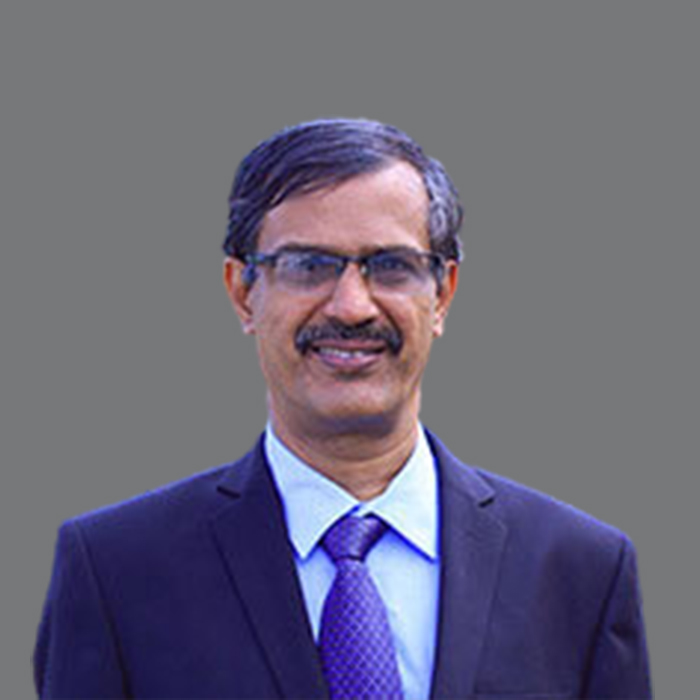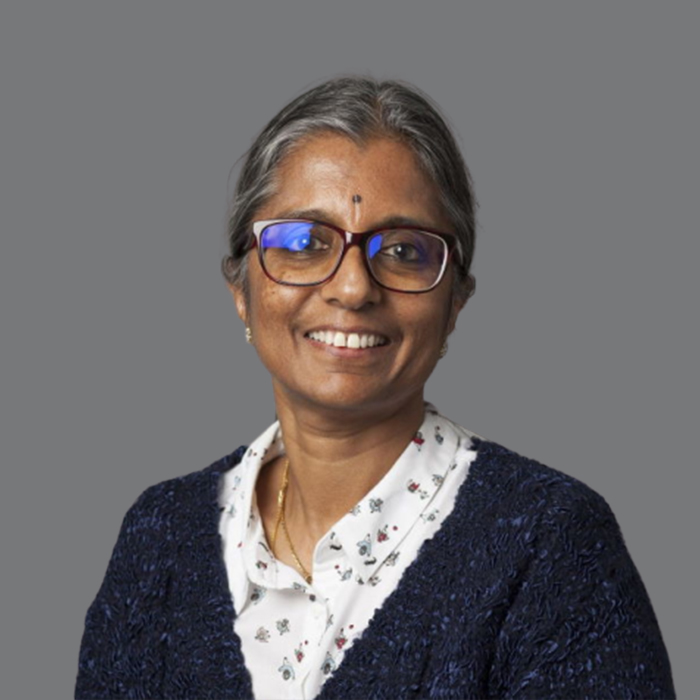Solutions & Impacts
As per the United Nations Multidimensional Poverty Index Report 2024, 1.1 billion people are living in poverty, of which nearly half (48.2%) of these poor people live in Sub-Saharan Africa (553 million), and over a third (35.0%) live in South Asia (402 million). Of the 1.1 billion people living in poverty, over half (584 million) are children under the age of 18. 482 million poor people live in households where one or more children are out of school.
To end poverty in all its forms, the interlinked deprivations of poor people need to be addressed to reduce the intensity of poverty and empower poor people to exit poverty.
Hand in Hand Switzerland works towards identifying the gaps in the existing systems available to the poor and developing new avenues in the social infrastructure in urban and rural communities. In this method, we have developed a scalable, replicable model that addresses poverty by rectifying the underlying multidimensional causes with a community-centric approach.
We work with governments, international development agencies & banks like the World Bank, Inter-American Development Bank, and Asian Institute of Technology, to name a few. Our job creation model has been replicated successfully in many countries and even in conflict zones.
Our presence has left significant positive impacts among poor communities with whom we worked – in South Africa, Brazil, Afghanistan, Myanmar, Cambodia, Sri Lanka and India.
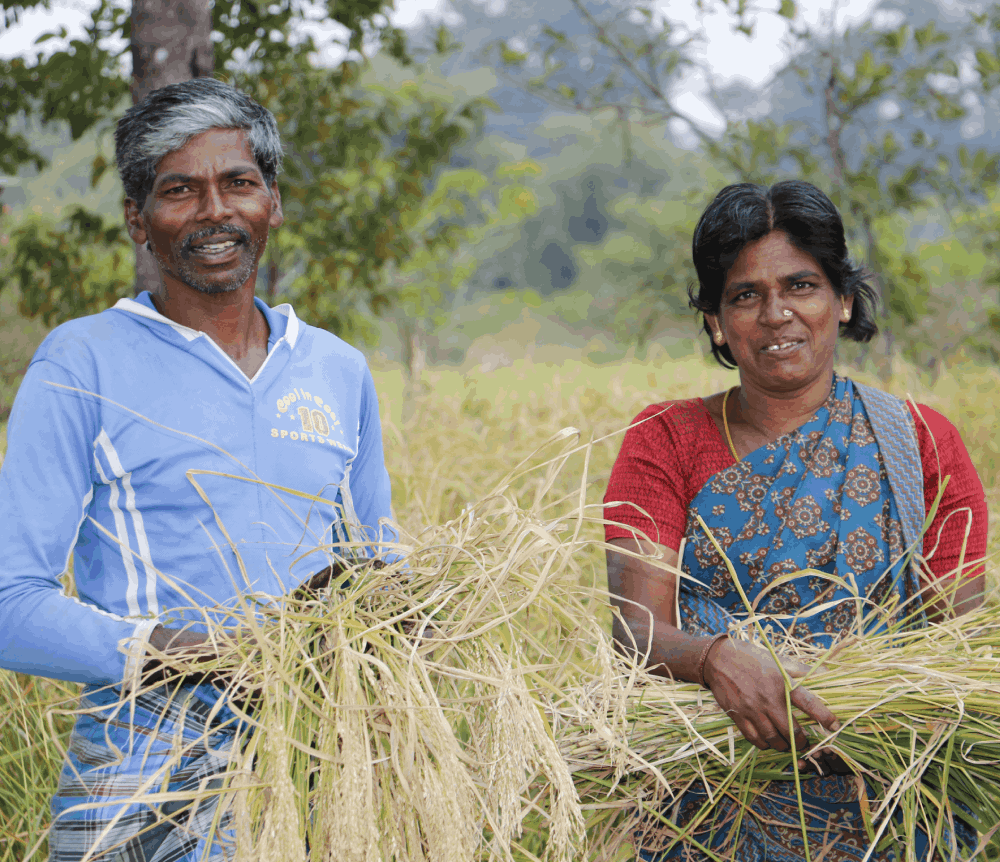
Hand in Hand Switzerland’s strategy – focusing on 3 E’s: Education, Empowerment and Environment
Our strategy addresses multidimensional poverty by focusing on income generation among women, education for children and self-sustaining local environments and communities.
Education
To eradicate child labour prevalent among poor communities and to bring children back to schools – school dropouts and children who never attended schools, our measures include
- Identifying school dropouts through doorstep surveys conducted by forming mobilisation teams
- Identified children and their families sensitised on education rights and measures of the government through awareness sessions
- To bring them to mainstream education, support special training & teaching centres. In India, we support Residential Special Training Centres (RSTCs) that teach students in the 8-14 age group, equipping them with age-appropriate knowledge while providing nutritious food to tackle undernourishment and encouraging them in sports and art forms through sessions.
- To ensure sustainability, rights protection committees are formed involving all stakeholders in a particular community.
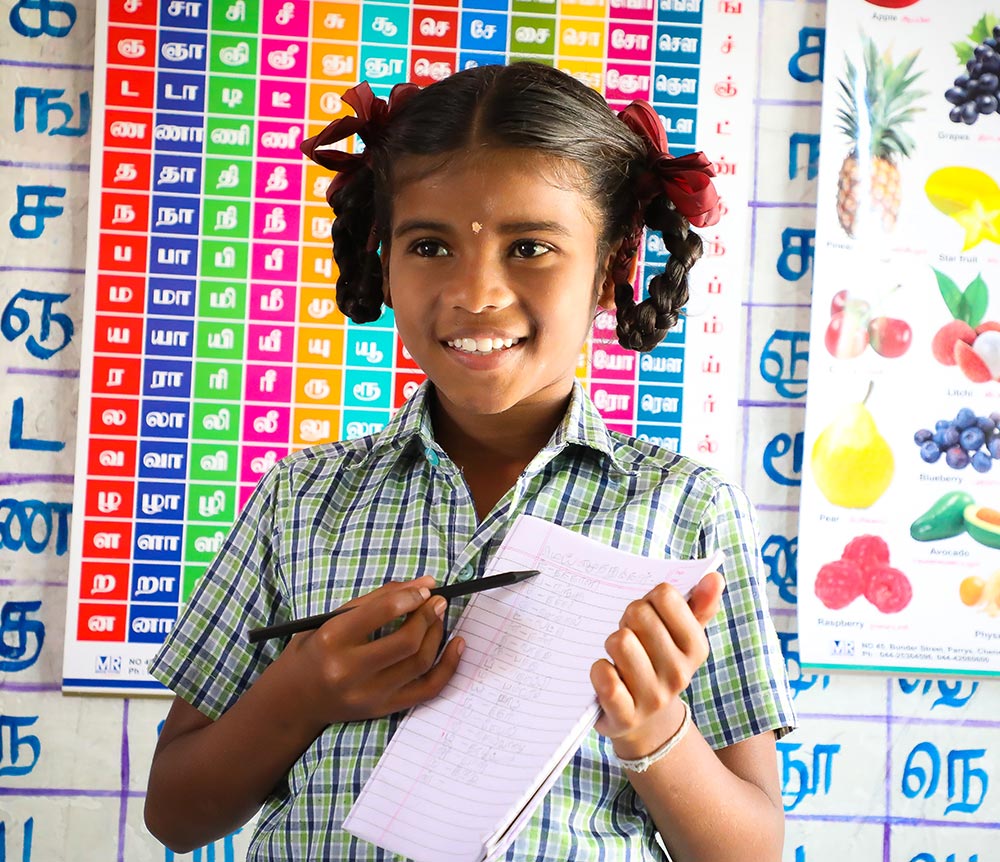
into Government Schools
Empowerment
To overcome poverty, women-centric measures are in place to nurture income generation and entrepreneurship, and our interventions include
- Develop skills by conducting training programmes in multiple skills that can be developed into profitable enterprises with minimal investments.
- Provide them with education to have basic numeracy skills and specific skill sets to run businesses, viz., financial & digital literacy, training in business development, capacity development and adult literacy
- Establish Microenterprises, Microcredit and other Microfinance programmes to support emerging micro and small enterprises mostly run by women
- To create enterprises and help them procure raw materials and machinery, loans are facilitated through banks and in the later stage, to strengthen the enterprises.
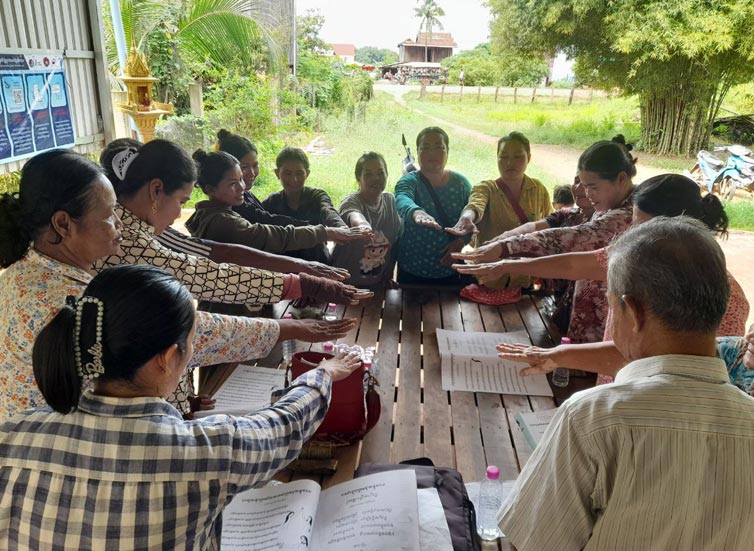
To complement our women’s empowerment initiative, wherein health plays a significant role for women to engage in earning activities, we support both women and children through
- Facilitating the distribution of government-provided nutritional supplements for children and women
- Setting up teams to assess and monitor the health status of children
- Providing immediate care for severely malnourished children
- Facilitating community health clinics through necessary support with infrastructure and equipment
- Mothers’ Collectives formation for health training on anaemia prevention and control, early childhood care and development
Environment
With Climate Change posing perennial challenges, our interventions aim to create preparedness among farmers and communities by developing adaptation and mitigation strategies.
- Water conservation through watershed management: Preserve existing water resources through renovation, create new water bodies and recharge groundwater to store rainwater and runoff water.
- Implementing regenerative farming methods with both traditional knowledge and contemporary agriculture techniques.
- Create eco-conscious communities through awareness and waste management practices.
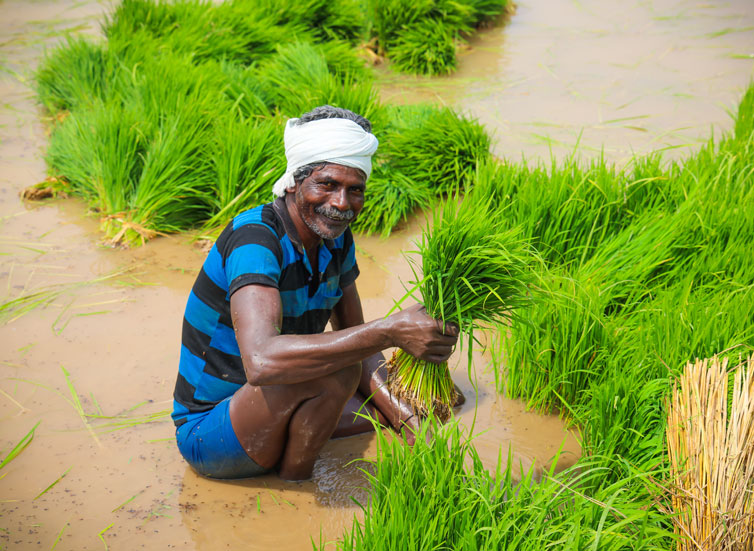
under Natural
Resources Management
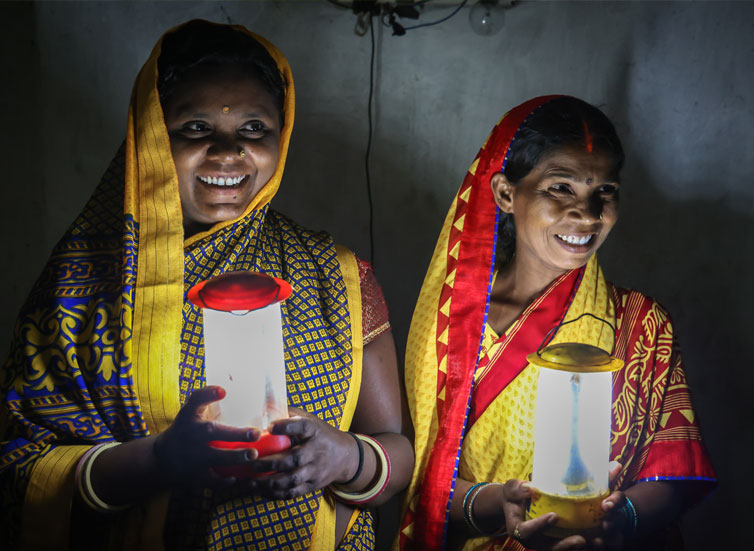
Dream Village Project
Focuses on building villages to overcome poverty and become self-sustainable communities. This is achieved through establishing measures to develop 3Es in the villages with a need-based, community-oriented participatory approach.
Alignment with the Sustainable Development Goals
Our solutions to the issue of multidimensional poverty align with the Sustainable Development Goals

1.2 By 2030, reduce at least by half the proportion of men, women and children of all ages living in poverty in all its dimensions according to national definitions

3.8 Achieve universal health coverage, including financial risk protection, access to quality essential health-care services and access to safe, effective, quality and affordable essential medicines and vaccines for all

4.1 By 2030, ensure that all girls and boys complete free, equitable and quality primary and secondary education leading to relevant and effective learning outcomes
4.4 By 2030, substantially increase the number of youth and adults who have relevant skills, including technical and vocational skills, for employment, decent jobs and entrepreneurship

5.b Enhance the use of enabling technology, in particular information and communications technology, to promote the empowerment of women

6.4 By 2030, substantially increase water-use efficiency across all sectors and ensure sustainable withdrawals and supply of freshwater to address water scarcity and substantially reduce the number of people suffering from water scarcity

13.3 Improve education, awareness-raising and human and institutional capacity on climate change mitigation, adaptation, impact reduction and early warning








